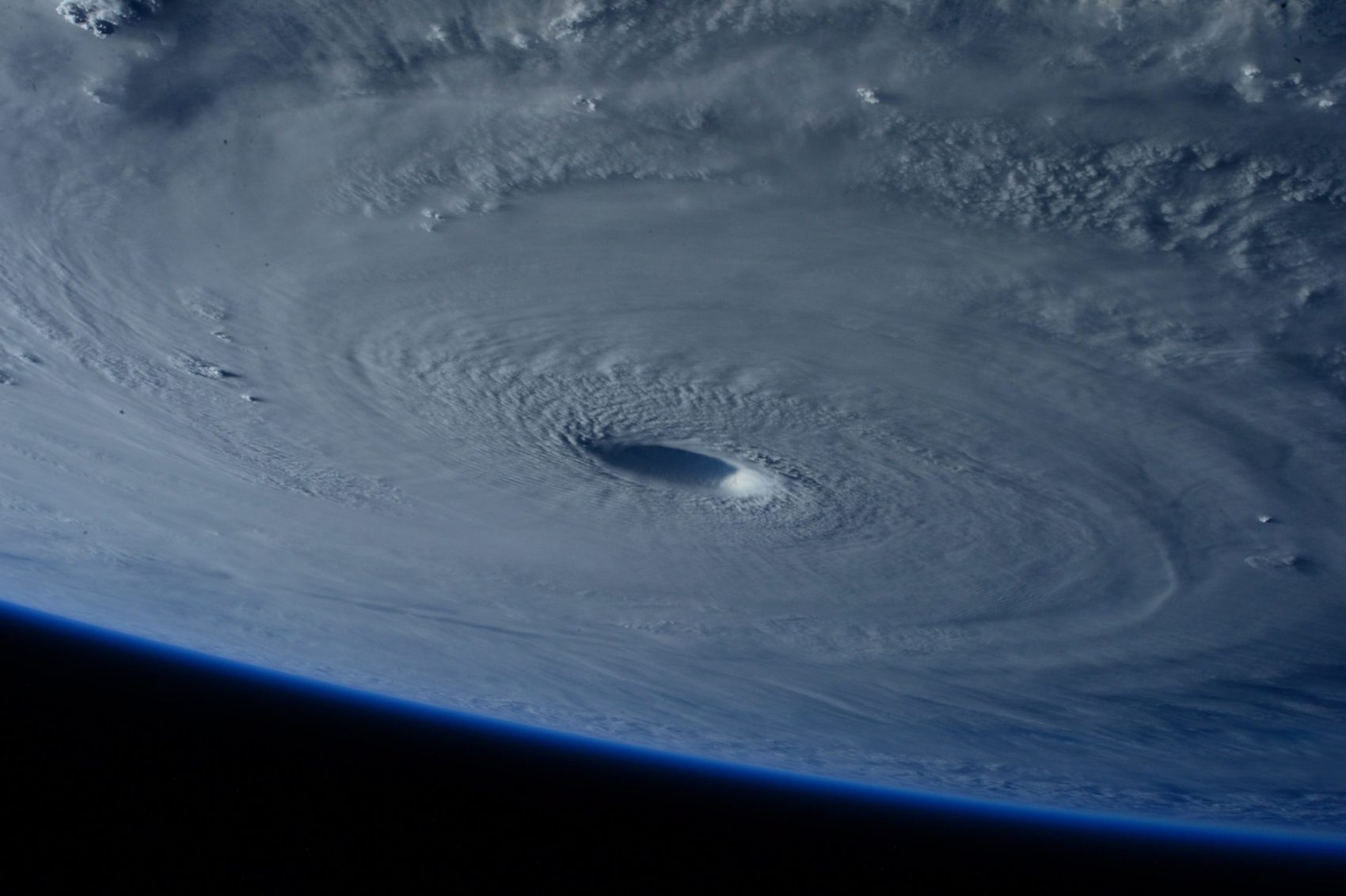
Hurricanes get named using a system developed in the 1950s. Tropical storms also get named once they reach a sustained wind speed of 35 mph. The naming procedure is dictated by the World Meteorological Organization, and there are different naming conventions for storms that occur in the Pacific.
Before the 1950s, hurricanes and tropical storms were assigned a number. This created confusion if two different storms occurred at the same time, and even caused false alarms when storm advisories were mistakenly attributed to different storms hundreds of miles away. In 1953, the United States began giving female names to storms in order to streamline communication and reduce confusion.
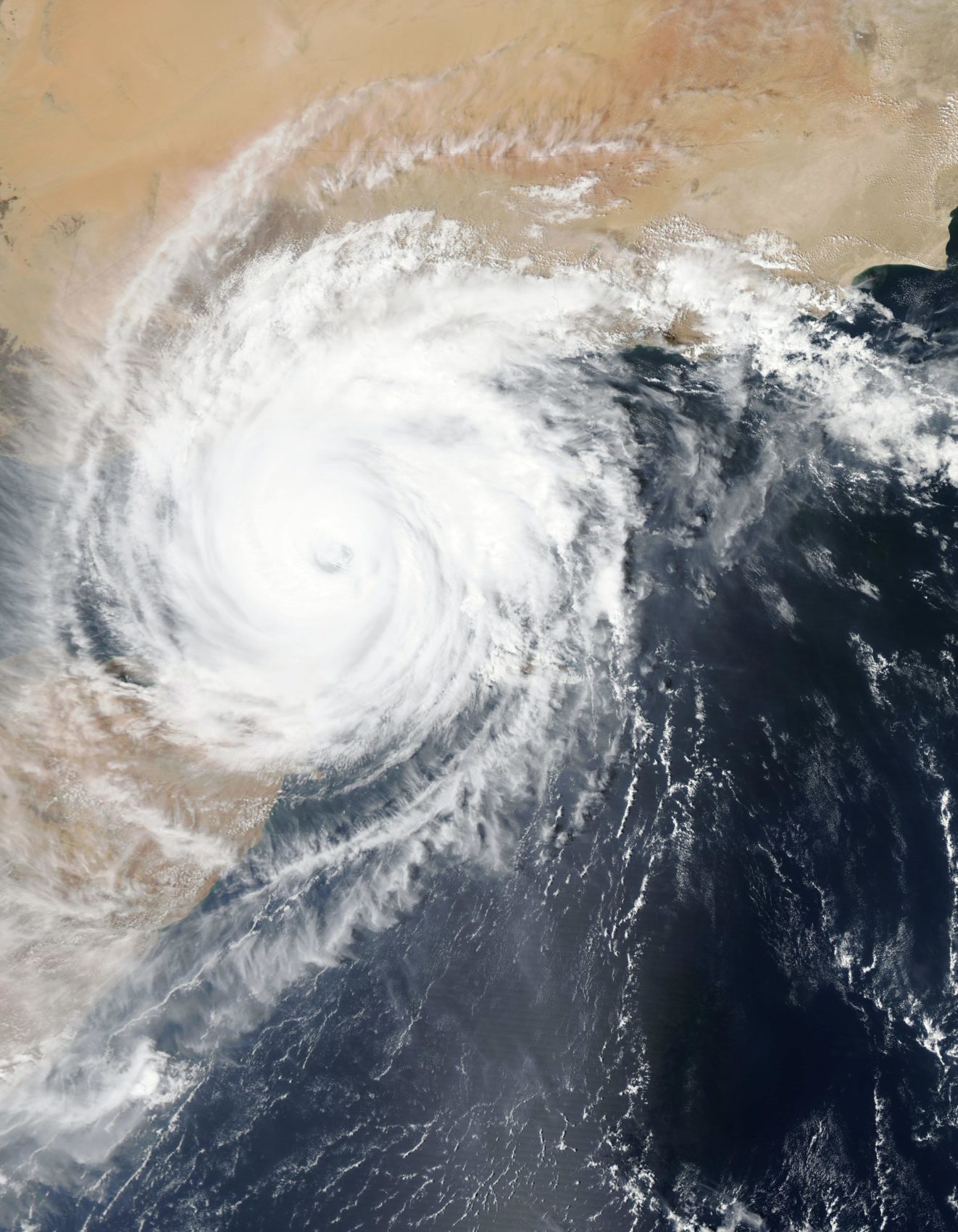
By 1978, storms were named both male and female names, and in 1979, this system was adopted to name storms in the Atlantic. Currently, storm names are on a six-year rotation, and male and female names alternate. If a storm is extremely powerful and/or does a lot of damage, the name will be retired from the list and replaced by another. Katrina, Harvey, and Sandy have all been retired, and it is likely that Dorian will be retired as well.
Since hurricane names are on a six-year cycle, 2020 will name storms with the same list of names used in 2014. The list of names omits names beginning with Q, U, X, Y, and Z. If there are more than 21 storms in a season, letters from the Greek alphabet will be used to name storms. In 2005, history was made when a 22nd tropical storm formed. This storm was called tropical storm Alpha and marked the first time a tropical storm was named using a Greek letter.
It is likely that 2020 will experience a higher than average hurricane season. An average hurricane season consists of 12.1 named storms, 6.4 hurricanes, and 2.7 major hurricanes, or hurricanes greater than or equal to category 3 storms. Experts predict a minimum of 15 named storms, 7 hurricanes, and 4 major hurricanes. The University of Arizona, The Weather Company, and North Carolina State University are each predicting a possibly hyperactive hurricane season. They are predicting 18-22 named storms, 8-11 hurricanes, and 3-5 major hurricanes.
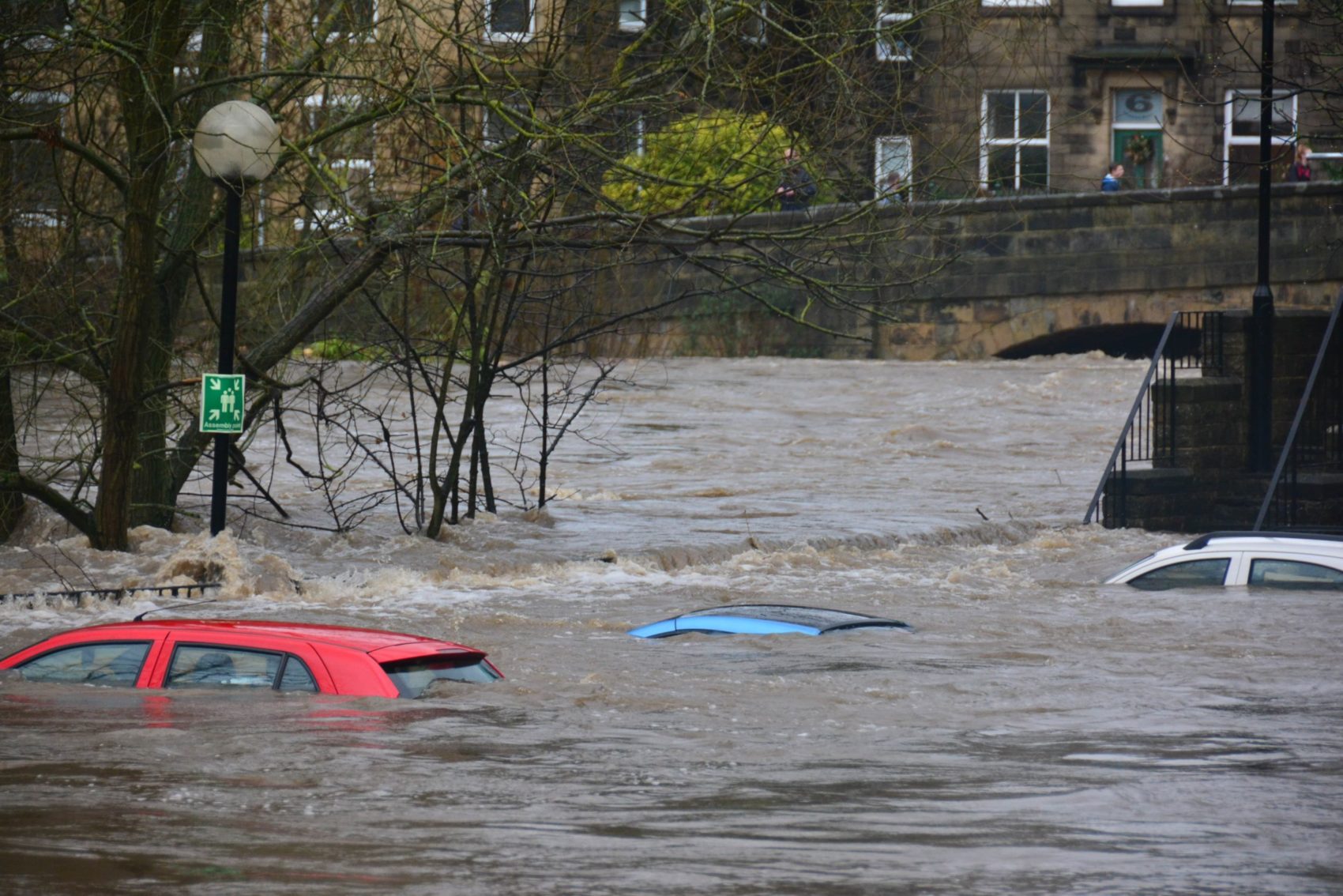
These are the names that will be used for hurricanes this season, recycled from 2014:
- Arthur
- Bertha
- Cristobal
- Dolly
- Edouard
- Fay
- Gonzalo
- Hanna
- Isaias
- Josephine
- Kyle
- Laura
- Marco
- Nana
- Omar
- Paulette
- Rene
- Sally
- Teddy
- Vicky
- Wilfred

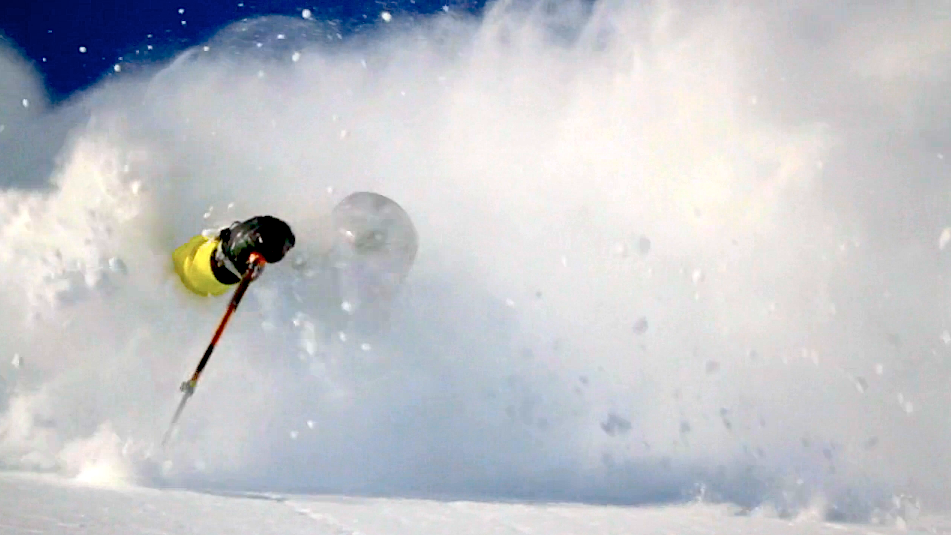

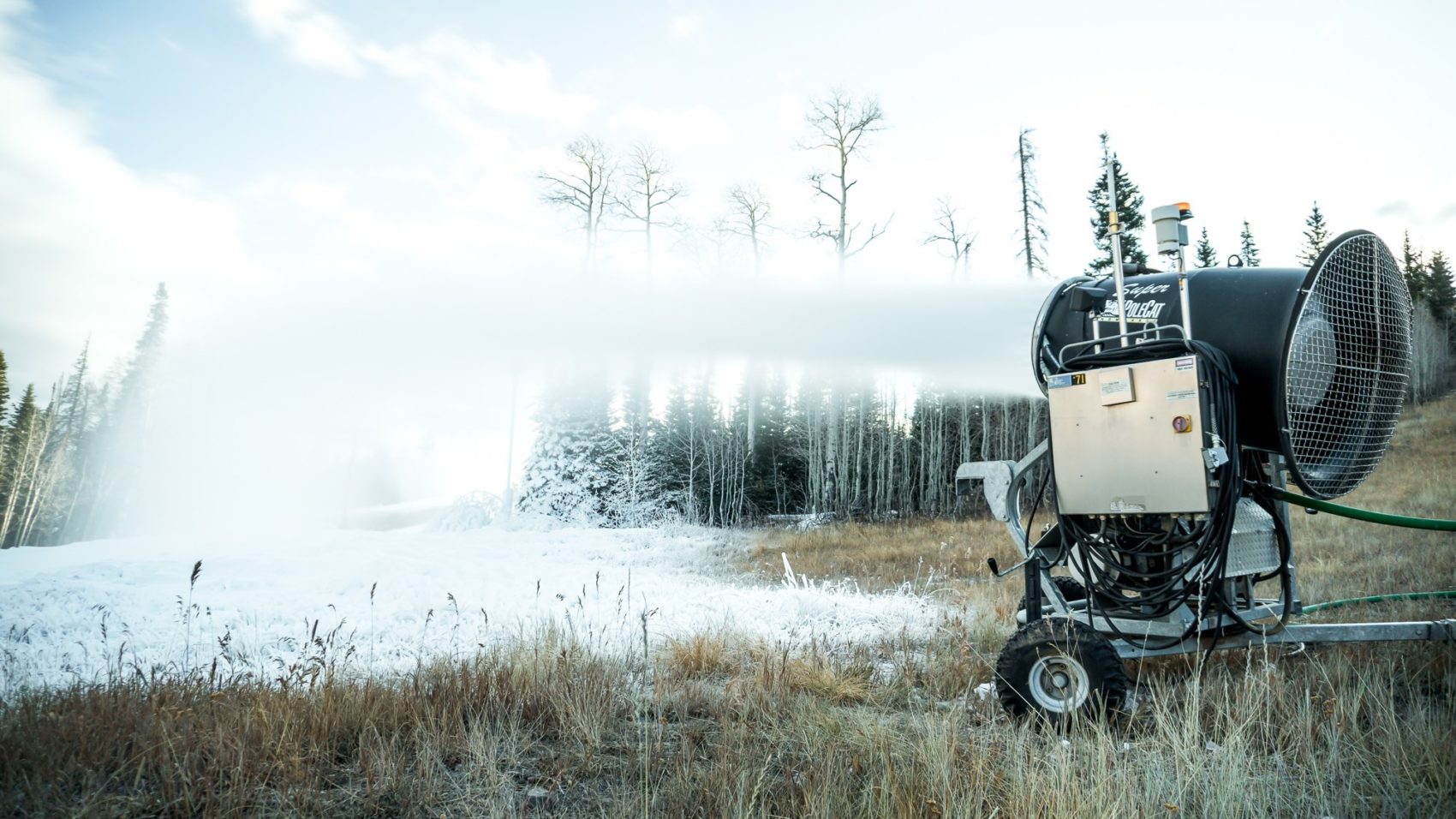

There is a book called “Storm” written by George Stewart in the 1941 about a fictional storm from birth through pounding the west coast. In that book, the ‘Junior Meteorologist’ starting tracking the storm around the Sea of Japan–he named the storm Maria. It inspired the song “They Call the Wind Maria” and I was told that book was the reason that the weather service started naming storms.
If you haven’t read George Stewart, a couple of other titles are “Fire”, which tracks the daily progress of a fictional fire west of Lake Tahoe; “Ordeal by Hunger” about the Donner party; and my favorite, “The Earth Abides,” which is about a pandemic with very few survivors (Maybe a dozen or so in NorCal). Stephen King credits that book as the inspiration for “The Stand.”
George Stewart was an English Prof at Berkeley from the mid 20’s through the 40’s and wrote about actual history as well as historical fiction. Well worth the effort to read.